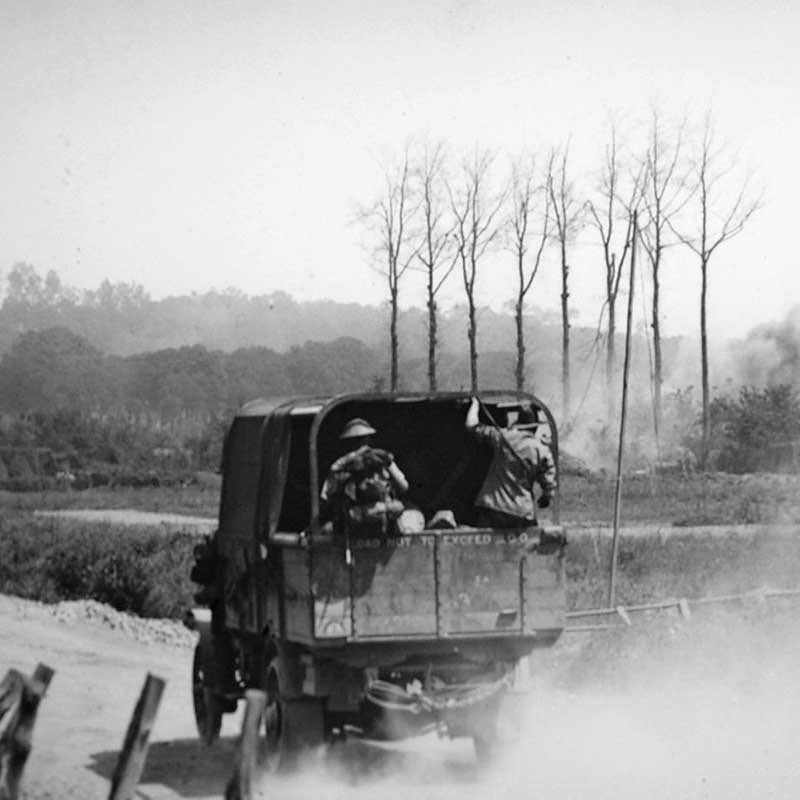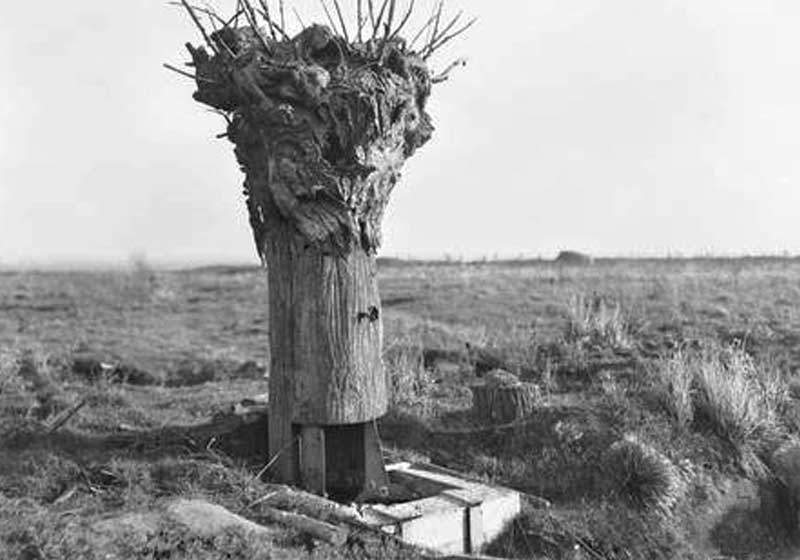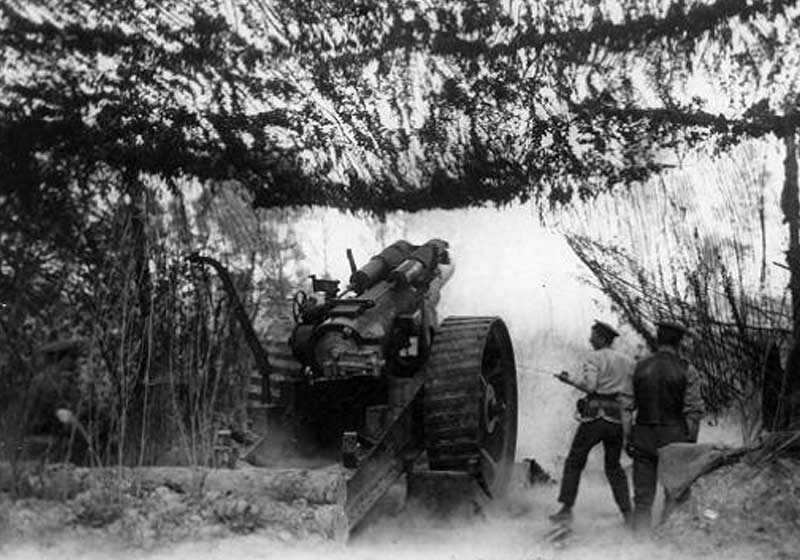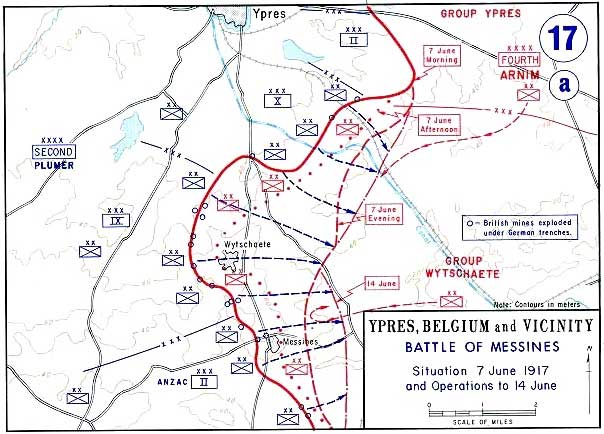Messines
7–14 June 1917
WW1 - Battle of Messines
At 3.10am on 7th June 1917 the British blew nineteen mines under the Messines Ridge in Flanders. These mines had been tunnelled as much as a year before and ranged in size from more than 30,000 lbs to over 96,000 lbs of explosive. Together they totalled near a million pounds of explosive making it the largest man made battlefield explosion in history until the Atomic Bomb in 1945.
The Facts
- Date: 7–14 June 1917
- Location: Flanders, Belgium
| Countries Involved | |
|---|---|
| British Empire | German Empire |
| Countries Commanders | |
| Sir Douglas Haig Sir Herbert Plumer |
Crown Prince Rupprecht Sixt von Armin |
| Number of Casualties | |
| Around 25,000 | Around 35,000 |
The effect was devastating: German defences smashed to oblivion and thousands of German soldiers killed and wounded. In a single day the British and Commonwealth forces took the entire ridge, and for the next week beat back German counter-attacks. It was arguably one of the most successful British battles of the trench war on the Western Front.

Australian truck near Hill 63 during a bombardment

Dummy tree observation post on hill 63

Howitzer firing during battle


